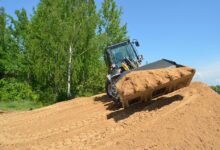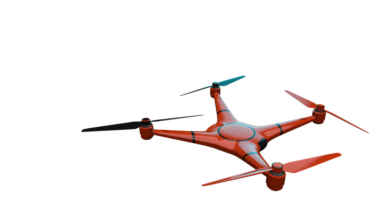
How collaborative robots are changing the ancient art of welding
Without a welder the world would be a mess. Literally. With the job of welding being so important to communities around the world, the demand for welders will only grow over the next decade.
Welding is synonymous with our built world and has ancient roots, with the earliest examples of pressure or forge welding dating to around 3000 BC. First, two pieces of metal are heated and hammered together to create a strong bond. Welding as we know it today can be traced back to the late 19th century with the invention of electric welding. Currently, according to one market research report, this industry will reach a market size of around $28.66 billion worldwide by 2028.
But the industrial workforce has an uncertain future. According to the American Welding Society, by 2026, 336,000 new welding professionals will be needed in the US. Similar shortages are felt around the world.
Welding art
Welding is more than just joining pieces of metal together. It is both technical and creative, requiring a trained human eye and impressive manual dexterity for the most complex metal welds. It takes several years to master the art of welding and gain enough experience to earn the trust and respect of employers and fellow experts. With its creativity and enthusiasm, welding deserves to be called an art form.
However, it is not without challenges. The work itself is hazardous, requiring the welder to be in close proximity to extremely high temperatures, molten materials and welding fumes. Work can also be repetitive, involving long simple welds or hundreds of identical welds. Perhaps unsurprisingly, there are fewer young people pursuing welding and developing this skill. Like several other trades, the profession suffers from image problems and the skills involved are not widely appreciated.
This led to a skills shortage, and as the aging welding workforce retired it became increasingly difficult to meet the increasing demand for welding. Where is the position of the welder in the modern economy? They are an important part of so many industries. These include heavy industry and metal fabrication, tool manufacturing, energy, infrastructure, heating, ventilation and air conditioning and construction. A shortage of welders can even threaten the implementation of large infrastructure projects, such as laying new pipes for space heating or building a windmill.
But what if welders could find better tools to make conditions and workloads more satisfactory? This is where robots come in.






